*** Proof of Product ***
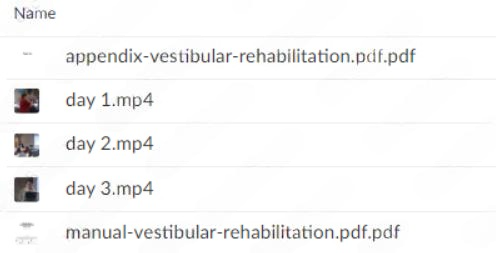
Exploring the Essential Features of “Jamie Miner – 3-Day – Vestibular Rehabilitation Intensive Training”
Successfully Resolving Vestibular Disorder Can Be Simple.
Whether you want to treat the root cause of dizziness faster, build your business with vestibular referrals, or boost your personal value within a large organization, this program will get you where you want to go.
The essential elements are common to all evidence-based vestibular treatments, and you will learn how you can integrate this framework with your current approach to methodology to make your vestibular interventions even more effective!
The vestibular rehabilitation techniques you’ll learn in this training can transform your clinical practice and help improve your vestibular treatment outcomes, just as they have for other clinicians around the world.
Speaker
Jamie Miner, PT, DPT, GCS
Jamie Miner, PT, DPT, GCS, provides specialized services to many skilled nursing facilities and earned geriatric clinical specialist designation through the American Physical Therapy Association. She has experience in home health, acute care, outpatient vestibular rehab and fall prevention, acute rehab, sub-acute rehab, and long-term care. Additionally, she serves as a clinical instructor to many doctoral physical therapy students. Jamie graduated with a BS degree in PT from UNC Chapel Hill, a DPT from Shenandoah University in March 2003.
Speaker Disclosures:
Financial: Jamie Miner has employment relationships with Gallowayridge Rehabilitation and Sunnybrook Skilled Nursing Facility. She receives a consulting fee, speaking honorarium, and recording royalties from PESI, Inc. She has no relevant financial relationships with ineligible organizations.
Non-financial: Jamie Miner is a member of the American Physical Therapy Association, the Neurology Section and Academy of Geriatric Physical Therapy, and the Vestibular Disorders Association. She serves on the North Carolina Board of Physical Therapy Examiners.
Objectives
- Evaluate the latest advances in vestibular rehabilitation and their implications for rehab.
- Analyze the anatomy and physiology of the vestibular system.
- Examine signs and symptoms of vestibular dysfunction.
- Demonstrate screens and tests commonly used to evaluate motion sensitivity in vestibular patients for improved patient outcomes.
- Develop a comprehensive framework for evaluation.
- Interpret evaluation findings appropriately.
- Differentiate root causes of dizziness, vertigo, and vestibular disorders.
- Determine appropriate candidates for vestibular rehabilitation.
- Demonstrate maneuvers, rolls, thrusts, gaze stabilization exercises, and other vestibular rehabilitation techniques.
- Explain clinical rationale for applying each technique.
- Describe indications and contraindications for vestibular rehabilitation techniques.
- Combine multiple approaches for better outcomes, including balance training, vestibular rehabilitation, gaze stabilization, targeted exercises and more.
- Integrate therapy protocols for reducing dizziness, vertigo, and vestibular disorders.
- Design comprehensive plans of care for a wide range of vestibular diagnoses.
- Formulate strategies for addressing related symptoms, including migraines, neck pain, nausea and anxiety.
- Apply the assessments and interventions discussed in this seminar to a series of interactive case scenarios.
- Justify therapy with applicable progress measures.
- Illustrate appropriate coding, billing, and documentation for vestibular disorders.
Outline
Hot Topics and Innovations in Treatment of Dizziness, Vertigo, and Vestibular Disorders
- How your patients can benefit from cutting edge research
HANDS-ON LAB: Upgrade Your Assessment and Clinical Reasoning Skills
- Get to the root cause of impairments faster with today’s best tests and evaluations for:
- Dizziness
- Pain
- Lightheadedness
- Sleeplessness
- Gait disturbances
- Visual hallucinations
- Drop attacks
- Double vision
- Oscillopsia
- Tinnitus
- Motion sensitivity
- Gaze stability
- Balance
HANDS-ON LAB: Revolutionize Your Rehab Toolbox for Dizziness, Vertigo, And Vestibular Disorders
- Practice effective techniques you can use immediately to:
- End years of vertigo and dizziness in as little as one session
- Significantly improve functional mobility and stability
- Manage concussion symptoms more effectively
- Return athletes to sport faster
- Prevent falls
- Improve balance and gait
- Restore gaze stability and focus
- Reduce migraines, neck pain, nausea, anxiety, and other related symptoms
HANDS-ON LAB: Combine Techniques More Effectively for Better Outcomes
- Practice integrating:
- Epley maneuver and variations
- Head thrust technique
- Brandt-Daroff exercises
- Roll technique
- BBQ roll
- Liberatory maneuver
- Ocular motor assessment
- Vestibular ocular reflex/gaze stabilization treatments
- Saccade exercises
- Optokinetic treatments
- Subjective visual vertical assessment
- Progressive advancement of visual motion
- Treatment for exertional intolerance
- Smooth pursuit neck torsion test
- Joint mobility for cervicogenic dizziness
HANDS-ON LAB: Design Advanced, Innovative Plans of Care for Your Patients
- Practice developing comprehensive treatment strategies for common impairments, including:
- Cervicogenic dizziness
- Concussion
- Benign paroxysmal positional vertigo (BPPV)
- Vestibular hypofunction
- Vestibular neuronitis
- Vestibular migraine
- Labyrinthitis
- Meniere’s disease
- Acoustic neuroma
CASE STUDIES: Put Knowledge to Practice
- Case study 1: Correctly identify the root cause of impairment
- Case study 2: Differentiate cervicogenic dizziness, BPPV and vestibular hypofunction
- Case study 3: Problem solve a complex case of vestibular hypofunction
- Case study 4: Develop an effective treatment plan for Meniere’s
- Case study 5: Navigate pharmacological side effects and comorbidities
- Case study 6: Accurately measure patient outcomes
- Case study 7: Overcome barriers to strategy implementation
Maximize Your Reimbursement
- Coding and billing updates
- Justify rehab with the right progress measures
- Avoid denials and audits with these tips
Target Audience
- Physical Therapists
- Physical Therapist Assistants
- Occupational Therapists
- Occupational Therapy Assistants
- Audiologists
- Athletic Trainers
- Physicians
Please see the full list of alternative group-buy courses available here: https://lunacourse.com/shop/

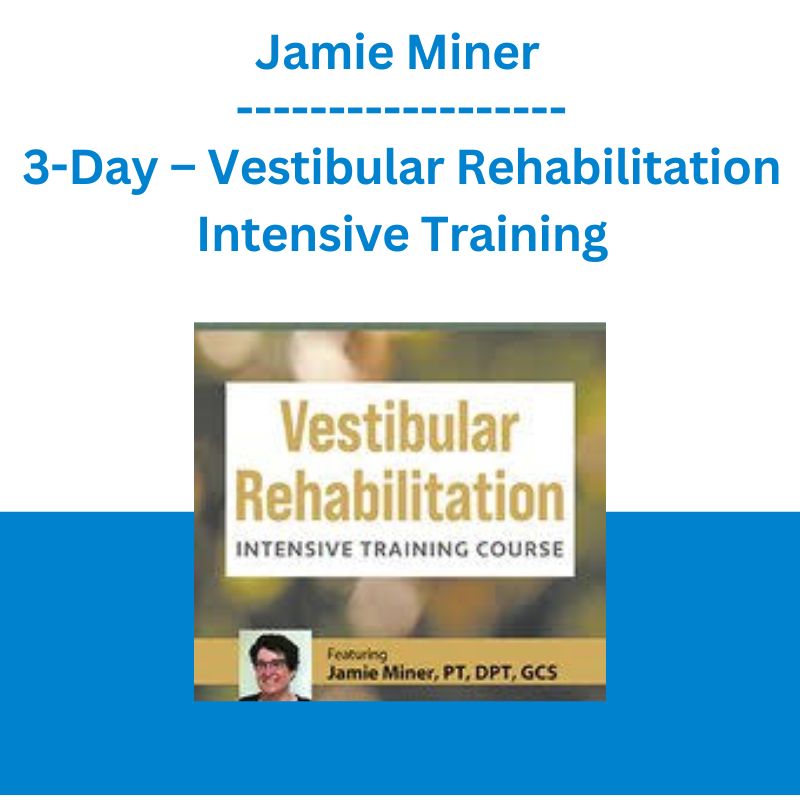






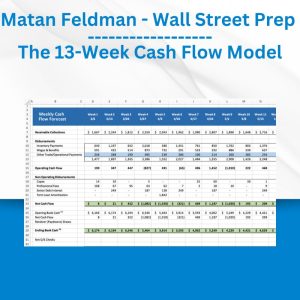

 Money Miracle - George Angell - Use Other Peoples Money To Make You Rich
Money Miracle - George Angell - Use Other Peoples Money To Make You Rich  Dave Landry - Stock Selection Course
Dave Landry - Stock Selection Course  The Daily Traders – Exclusive Trading Mentorship Group
The Daily Traders – Exclusive Trading Mentorship Group  Chris Capre - Advanced Price Action Ongoing Training & Webinars
Chris Capre - Advanced Price Action Ongoing Training & Webinars 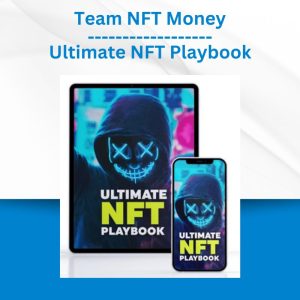 Team NFT Money - Ultimate NFT Playbook
Team NFT Money - Ultimate NFT Playbook  Julie Stoian & Cathy Olson - Launch Gorgeous - Funnel Gorgeous Bundle
Julie Stoian & Cathy Olson - Launch Gorgeous - Funnel Gorgeous Bundle 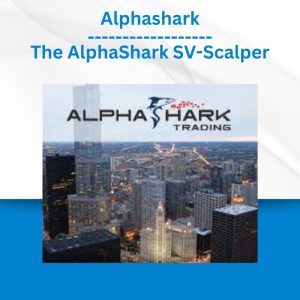 Alphashark - The AlphaShark SV-Scalper
Alphashark - The AlphaShark SV-Scalper  Sovereign Man Confidential - Renunciation Video
Sovereign Man Confidential - Renunciation Video 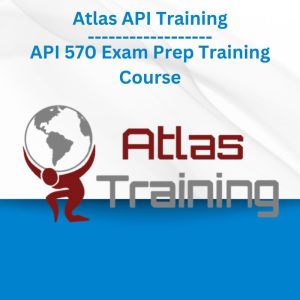 Atlas API Training - API 570 Exam Prep Training Course
Atlas API Training - API 570 Exam Prep Training Course 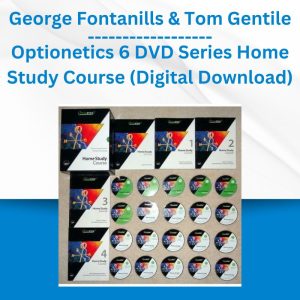 George Fontanills & Tom Gentile - Optionetics 6 DVD Series Home Study Course (Digital Download)
George Fontanills & Tom Gentile - Optionetics 6 DVD Series Home Study Course (Digital Download)  Matthew Kratter - Trader University
Matthew Kratter - Trader University  Simpler Trading - Bruce Marshall - The Options Defense Course
Simpler Trading - Bruce Marshall - The Options Defense Course  Emanuele Bonanni - My Trading Way
Emanuele Bonanni - My Trading Way  Oliver Velez - Essential Strategy Of Trade For Life
Oliver Velez - Essential Strategy Of Trade For Life 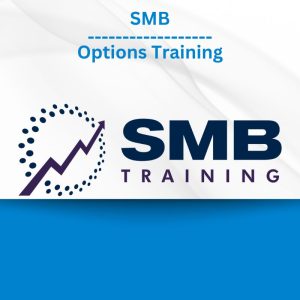 SMB - Options Training
SMB - Options Training  Trade Like Mike - The TLM Playbook 2022
Trade Like Mike - The TLM Playbook 2022  Ed Ponsi - Forex Trading
Ed Ponsi - Forex Trading 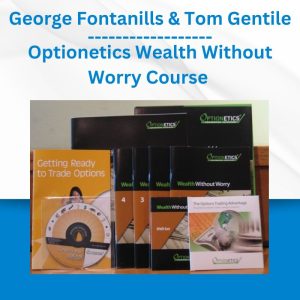 George Fontanills & Tom Gentile - Optionetics Wealth Without Worry Course
George Fontanills & Tom Gentile - Optionetics Wealth Without Worry Course